Explore Large Semantic CityGML 3D City Models with 3DCityDB
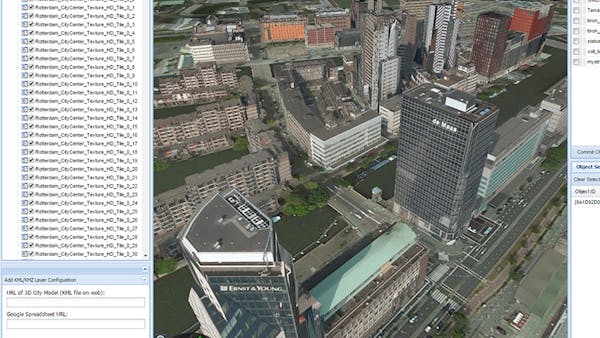
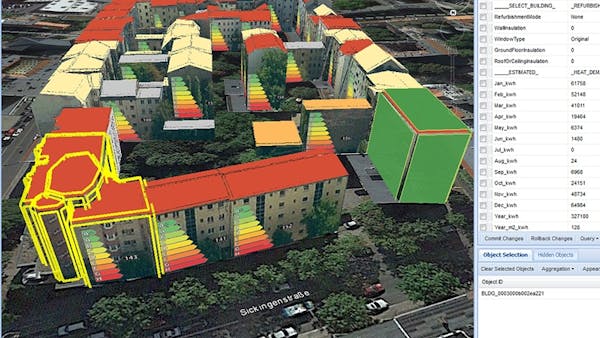
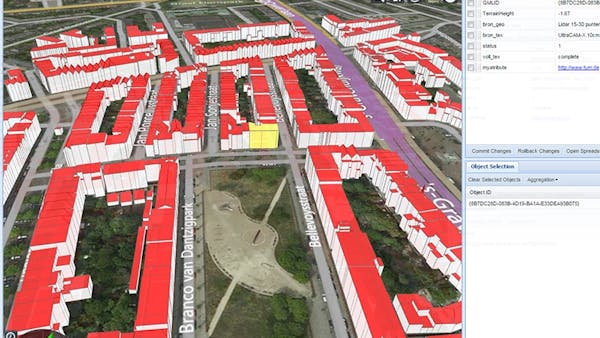

The 3DCityDB WebClient facilitates interactive 3D visualization and exploration of large semantic 3D city models. Using models that follow the CityGML standard issued by the Open Geospatial Consortium (OGC), it employs either the Cesium Virtual Globe or the Google Earth browser plugin. To derive the 3D visualization models (KML and COLLADA/glTF files), the CityGML datasets are imported into our open-source 3D geodatabase 3DCityDB. 3DCityDB comes with a KML/COLLADA/glTF exporter for creating tiled visualization models for entire cities. A tiled visualization model is loaded and can then be explored in the 3DCityDB Webclient.

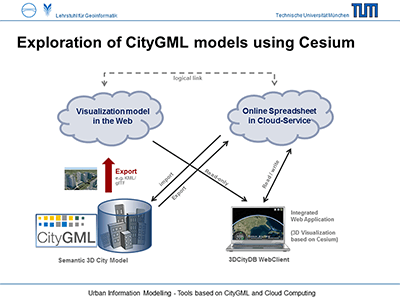
The 3DCityDB Webclient was developed by the Chair of Geoinformatics, Technische Universität München. This Cesium-based WebClient received the award of “Best Student Contribution” in the Web3D city modeling competition sponsored by the annual ACM SIGGRAPH Web3D Conference. The competition was to develop the best open-source solution for rendering a city in a web browser.
The Interactive Energetic Building Retrofitting application, which uses the 3DCityDB WebClient, allows users to assess the heating energy demand of any residential building. The app allows stakeholders from housing companies, energy consulting firms, and city administration, as well as building owners and tenants, to explore the energy demand of individual buildings or of any group of buildings. Users can virtually apply retrofitting measures to the building(s) and directly see estimates for the potential saving of energy and money, as well as the estimated costs for refurbishment. Nearly the entire computation logic has been implemented using formulas in Google Spreadsheets.
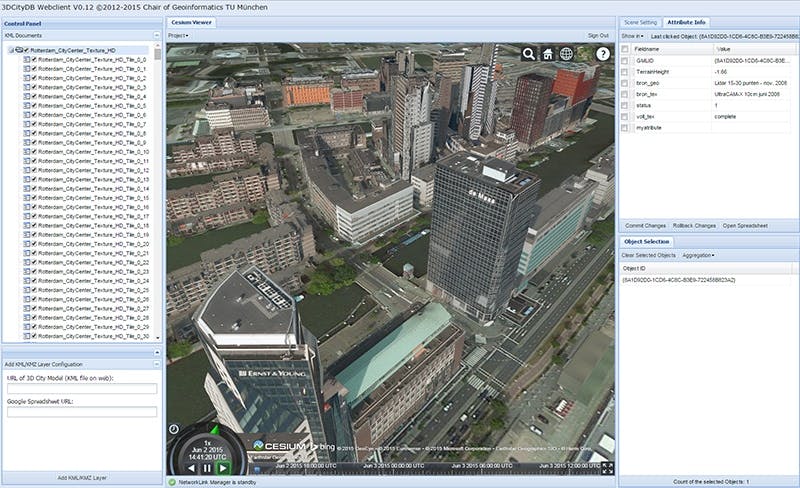
The 3DCityDB Webclient is successfully used in smart city projects such as Smart Sustainable Districts, Modeling City Systems, and Energy Atlas Berlin. Energy Atlas Berlin is an analysis and decision support tool for strategic energy planning. It is based on a semantic 3D city model of Berlin, modeled and represented according to the CityGML standard. Energy Atlas Berlin includes all the data from Solar Atlas Berlin, including suitability ratings (in terms of photovoltaic and solar thermal energy) of all individual roof surfaces for each of the 550,000 buildings in Berlin. It also integrates methods for estimating energy demand (both heating and electrical) and for assessing energy retrofitting possibilities on the individual building level (currently for residential buildings only).
More detailed information can be found here.